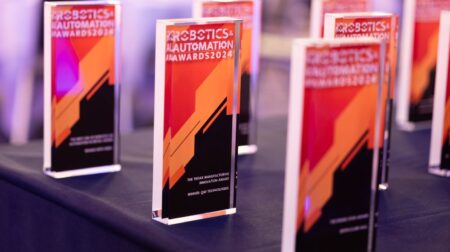Named 1-guilla, after the word anguilliform for a body shaped like an eel, roboticists have built a robotic eel with a waterproof skin that can swim underwater.
The bot’s three-foot-long body is comprised of eight motorised segments, a tail fin and a headpiece with a battery and computational unit.
One of the major motivations behind 1-guilla was to test various physical behaviours and motions to establish how real-world eels can travel thousands of miles without eating.
Increasing the angle of the tail to 45 degrees, its maximum setting, enabled the eel to move at its top speed, though this also results in maximum energy usage.
Read more: Researchers build ‘non-disruptive and energy efficient’ robot jellyfish to clean up oceans
“To calculate efficiency, the motor’s power consumption (P) is divided by its speed (U) to get the Cost of Transport (CoT),” said a spokesperson for the research team behind 1-guilla.
NASA is currently working on a similar project, named Exobiology Extant Life Surveyor (EELS) – a 16-foot-long robotic solution intended to explore both the surface and underground typography of Saturn’s icy moon Enceladus.
As part of the development process, a ‘standing wave’ motion was observed when the anguilliform replica went between its default straight position and an s-shape motion. This resulted in it thrashing about.
The team then programmed 1-guilla so an s-shape would instead move down the length of its body, creating a ‘travelling wave’ motion that enabled it to move forward.
This is important as the closer 1-guilla’s motions resembled travelling waves, the lower its cost of transport.
Based on this observation, the team believes the ability to achieve maximum efficiency of motion, rather than maximum speed, unlocks the secret of eel’s lengthy migrations.
In a similar fashion, scientists from Beihang University have taken inspiration from octopuses to develop a robotic arm with novel flexibility and deformability in sensing and manipulating objects, both in confined spaces and underwater. The Electronic Soft Octopus Arm, or E-SOAM, can bend and stretch to mimic the reaching, sensing and grasping capabilities of octopuses.
The latest developments in robotics and automated technologies for materials handling will be on show at the Robotics and Automation Exhibition on 19-20 March 2024 at the NEC Birmingham. Register now to attend the UK’s biggest exhibition dedicated to robotics and automation, which is co-located with Britain’s biggest warehousing show, IntraLogisteX!








